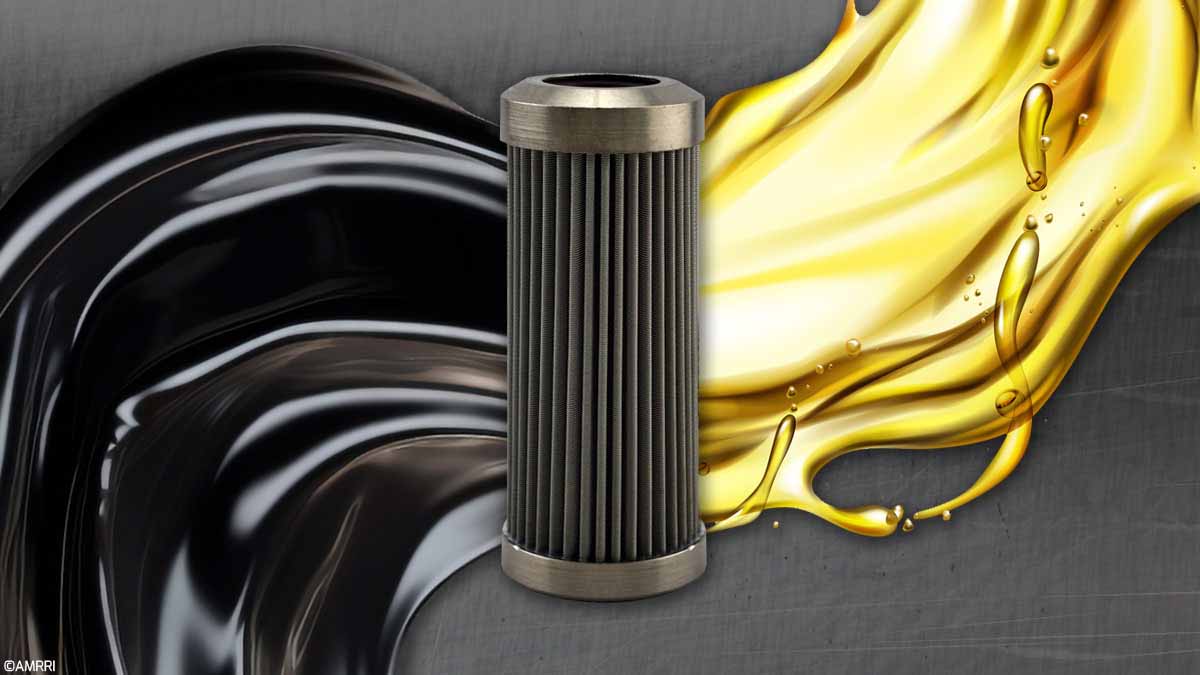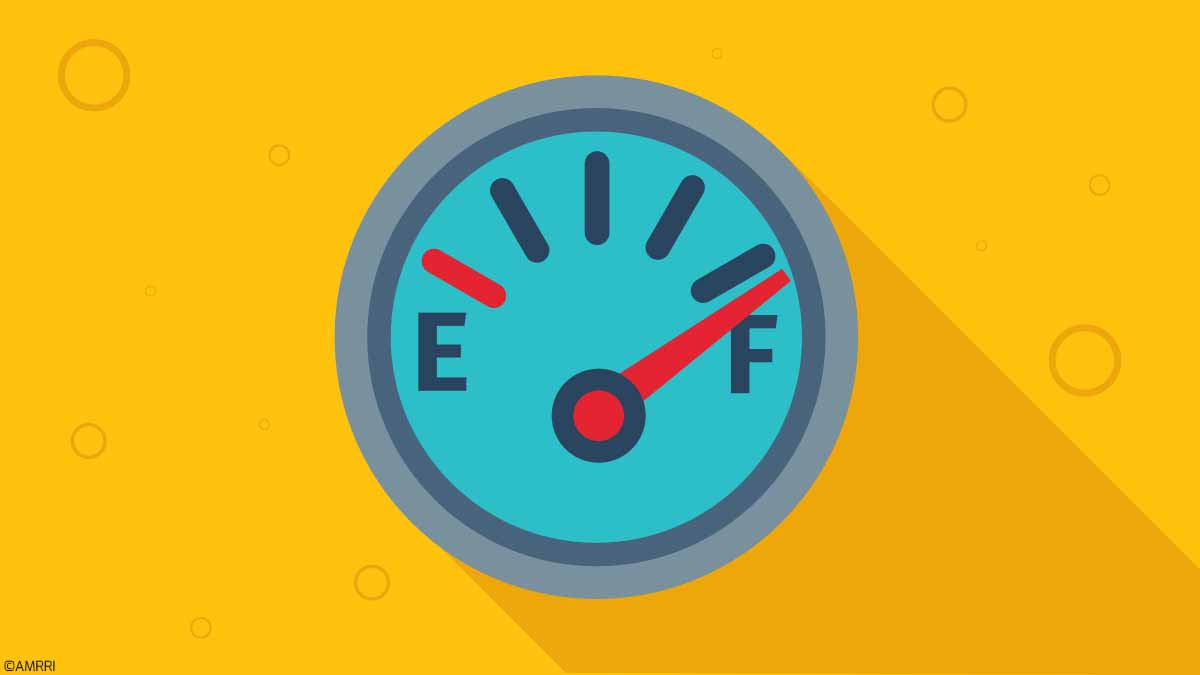It has long been known that contamination is the leading cause of failure in rotating and reciprocating equipment. For this reason, most circulating oil systems contain some form of filtration on the supply line and occasionally, in the case of hydraulics, on the return line.
Often supplied by the OEM, full-flow filters are taken for granted, inspected, and replaced with a like-for-like equivalent on a time basis or on a condition based on differential pressure. But do you know how effective the filter is?
Most filters are chosen based on their micron rating, which is usually part of the product code – for example, if the last three digits of the product code are 010N, this might mean 10 micron or 025N, 25 micron.
But buyer beware! This is not an engineering specification but purely a part number. You might be (un)pleasantly surprised if you dig a layer deeper!
In the world of filtration, three terms attempt to specify a filter’s micron rating: nominal, absolute, and beta (β) rating. Let’s unpack these terms and discover what they actually mean.
Nominal
While there are some definitions of nominal in the filtration world, when it comes to oil filters, a nominal rating often means no better than 50% capture efficiency at the specified micron size.
With such a poor performance, it’s no wonder that most nominally rated filters offer little protection.
For example, I was recently asked my opinion on an inline hydraulic filter labeled a 10-micron cellulose filter. Digging deeper, I found that the filter manufacturer reported 95% efficiency at twenty microns but a little more than 50% efficiency at ten microns.
No wonder the end-user could not maintain a cleanliness rating of 17/15/12! Nominally rated filters should never be used for critical applications.
Absolute
One of the most common words to describe filter performance is absolute. In filtration terms, absolute refers to the largest spherical particle that will pass through a filter under laboratory conditions and is measured using a bubble pass test.
This is a very misleading term. To the uninitiated, you might think that an absolute ten-micron filter will absolutely exclude any particle 10 microns and larger. That is absolutely not true!
When the efficiency of an absolute rated filter is measured at its prescribed micron rating, it is usually 98-99% efficient, which seems reasonable. However, it will never be 100% efficient.
Beta Rating
All manufacturers of high-quality oil filters test their elements according to the beta rating method. Filter beta rating can be obtained using the ISO 16889 multipass test standard. In this test, a filter element is placed in a test stand, and oil of a known viscosity and temperature is cycled through the filter.
Medium fine test dust – the same calibration standard used to calibrate optical particle counters – is injected into the system, and particle counts are taken in real-time upstream and downstream of the filter as the filter starts to plug. The filter’s capture efficiency can be determined by comparing the number of particles upstream versus downstream at specific micron sizes (Figure 1).
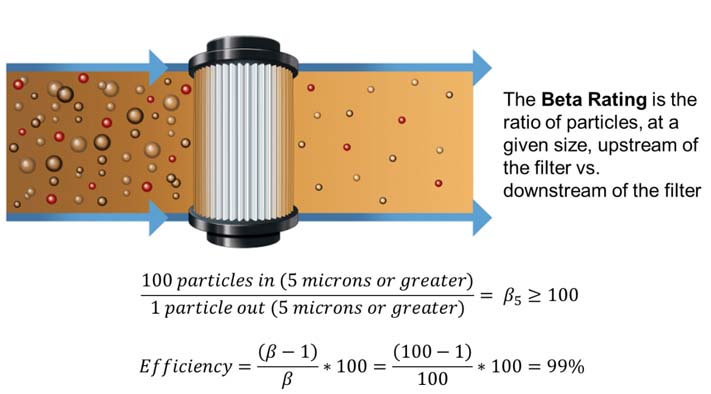
Figure 1: Filter Beta Rating
Under the most recent version of ISO 16889, the particle micron sizes where a filter achieved a beta capture efficiency of 2, 10, 20, 75, 100, 200, 1000, and 2000 are reported. These can be used to create an efficiency plot, as shown in Figure 2.
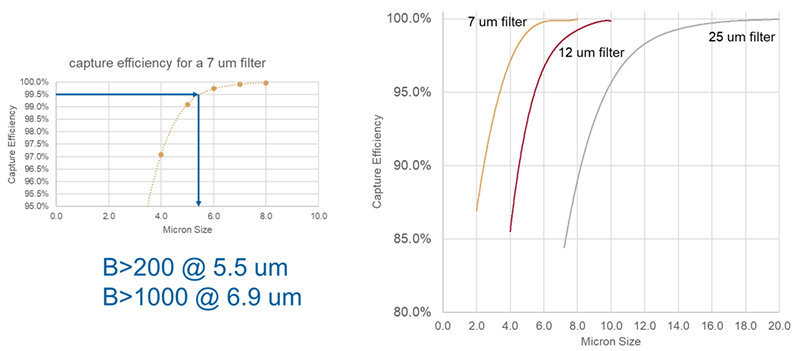
Figure 2: Efficiency plots from ISO 16889
While the ISO 16889 standard is the most widely used, it should be noted that the multipass test is conducted under “ideal” conditions: steady flow, fixed temperature and oil viscosity, new fluid, and contamination of a known type.
In the real world, flow is rarely constant, pressures can vary widely, vibration is often a factor, and particle and moisture contamination can change based on ambient conditions. For these reasons, the beta rating of a filter should be considered a guideline, not a guarantee of in-service filter performance.
The only real way to know if a filter is doing its job is to measure oil cleanliness, preferably online, and measure how clean the oil is compared to the desired or required ISO 4406 fluid cleanliness target. Figure 3 compares the capture efficiency of nominal and absolute rated filters with beta ratings.

Figure 3.
Choosing an Oil Filter
The starting point in selecting a filter is determining the system’s target cleanliness based on system components, criticality, and operating conditions. Based on the target cleanliness, an appropriately beta-rated filter can be selected.
When selecting the micron size and beta rating requirements, care should be given to the application. For systems with high particle ingression rates, a higher capture efficiency and/or lower micron rating should be chosen.
Conversely, for cleaner environments, a less stringent rating may suffice. Figure 4 shows a general guideline on selecting the correct filter rating based on a desired target cleanliness.
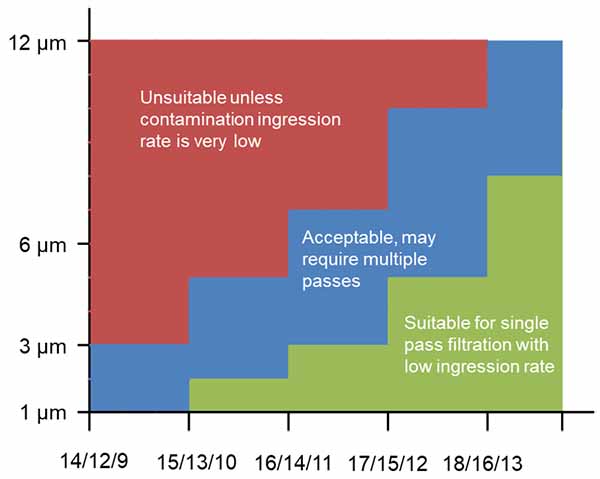
Figure 4: Recommended filter selection based on target fluid cleanliness.
Aside from beta rating, pay attention to other factors such as the number of media layers, the type of media, and the number/height of filter pleats. These factors affect the filter’s structural stability and dirt-holding capacity, ultimately determining its lifespan.
High-quality full-flow filters are usually made from microglass, a synthetic media, vs. simple cellulose (paper) media.
Particularly in wet environments, cellulose pleated media do not perform anywhere close to the synthetic media and can often fail in service (Figure 5).
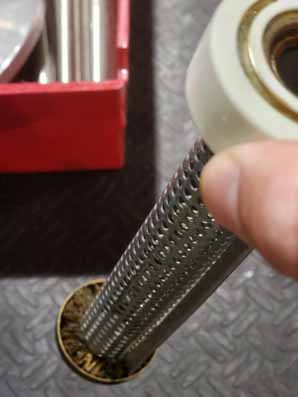
Figure 5: This cellulose hydraulic filter element has completely disintegrated due to over-extending the filter change and excessive water contamination.
While a necessary part of most systems, full flow filters are restrictions, a trade-off between removing particles without significantly reducing oil flow.
As such, a filter’s life expectancy is determined by the ingression rate (how much contamination gets in per hour of operation) and the filter’s dirt-holding capacity. Lower ingression rates can be achieved using proper vents, breathers, and seals, but can only do so much.
The dirt-holding capacity of the filter will ultimately determine how often it needs to be changed. Pleat height, graded capture efficiency through the use of multiple layers, and the number of pleats in the filter are the most significant factors that affect dirt-holding capacity (Figure 6).
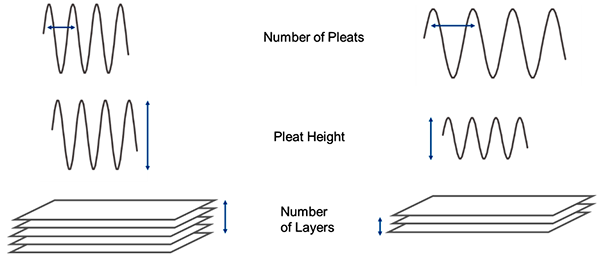
Figure 6: Factors that affect filter dirt holding capacity.
While choosing a filter may seem simple, paying attention to how the filter is made and how the efficiency and dirt-holding capacity compare to other options is an important consideration. So, choose wisely! With 80%+ of failure due to contamination, your filter may be all that’s standing between success and failure.



